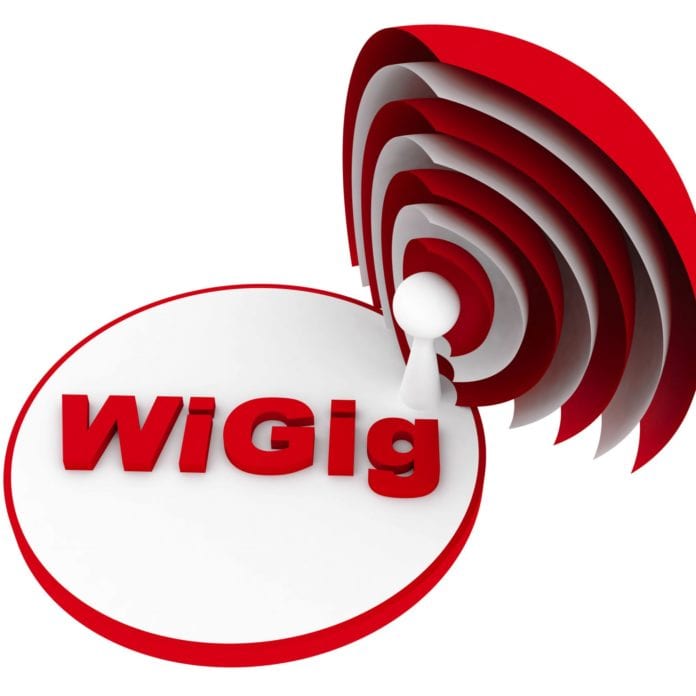WiGig use cases include wireless docking and untethered VR
The 802.11ad standard, also called WiGig due to its ability to deliver multi-gigabit throughput using unlicensed 60 GHz frequencies, has been something of a slow burn. But Mark Grodzinsky, senior director of product management for Qualcomm, expects WiGig to pick up momentum based on the increasing availability of device support.
Qualcomm has been shipping 802.11ad products since 2013. “We’ve been talking about the promise of 11ad for quite some time,” Grodzinsky acknowledged in an interview with RCR Wireless News. “I think we got caught up in a couple of things, namely the industry’s inability to do two major launches at one time,” he said referencing the close release of the 802.11ac and ad variants. “The industry was focused on one pretty much at the expense of the other. Now ad is having its moment.”
He sees wireless docking and virtual reality as potential drivers for more broad adoption of WiGig. “The docking is kind of the intro use case, which will kind of allow you to get into the device. If you’re doing things where you want to move a lot of content…you want to move data onto or off of your device, you need that speed. If you’re doing a high-performance docking scenario where you want to expand the screen of your mobile device, you can have the thing running at about 1 Gbps to run multiple HD screens. For home use for VR, unless you’re going to be sitting down, if you want to be moving around, you’ve got to untether. One of the accelerators people believe in is once they can untether that headset, they can really unlock the value of WiGig. But, once you’ve got this installed base, I think the secondary effect of that is just networking.”
Qualcomm provides tri-band solutions that use both the 802.11ac and 802.11 ad standards and operate in the 2.4 GHz, 5 GHz and 60 GHz bands. The WiGig aspect comes with more limited wave propagation characteristics, but delivers up to 4.6 Gbps throughput using radio modules with 32 antennas on the transmit and receive sides of the radio link, and targeting users with advanced beamforming.
“When you talk about 60 GHz, there’s basically 15 dB of [signal] degradation per kilometer,” Grodzinsky explained. “When you’re talking cellular, that’s material. If you’re talking about wireless LAN, you’re typically measuring in meters or tens of meter. Pathloss is a little less relevant. We’ve been measuring our solution at over 2 Gbps at 100 meters. We don’t have a range problem.”
As compared to 802.11ac, WiGig offers significantly better power consumption per bit. Grodzinsky did some quick math: With 802.11ac, the max performance in a 2×2 antenna configuration with an 80 megahertz channel is around 700 Mbps consuming more than 2 Watts. “To get that same level of speed in 11ad, you’re talking 200, 300 milliWatts. There’s a vast difference. It’s orders of magnitude better.”
Hinting at an upcoming mobile device announcement at CES or Mobile World Congress 2018, as well as other new devices set to hit the market, Grodzinsky said, “It’s a pretty healthy ecosystem and I think we’re definitely on the verge of going mainstream.”

